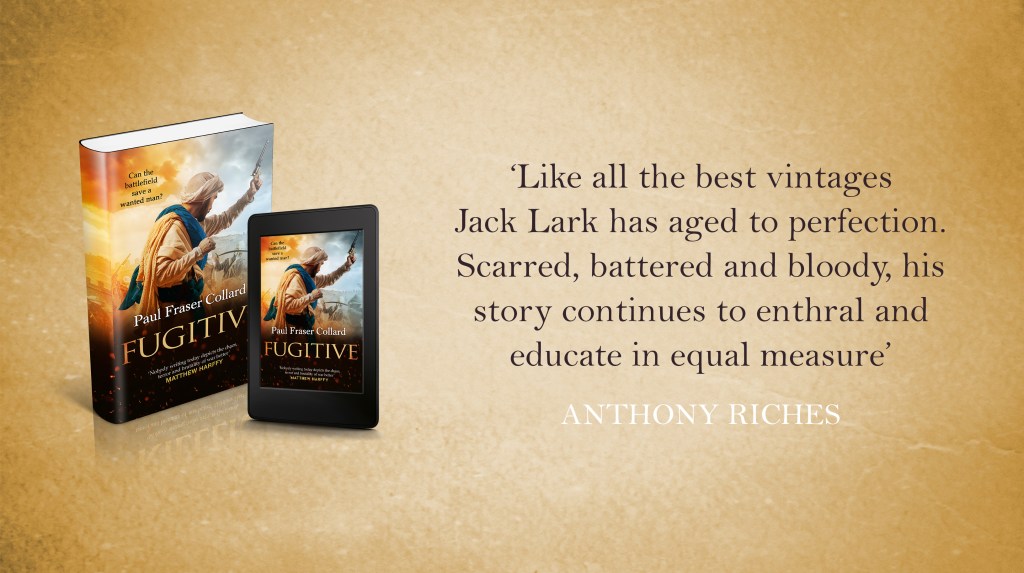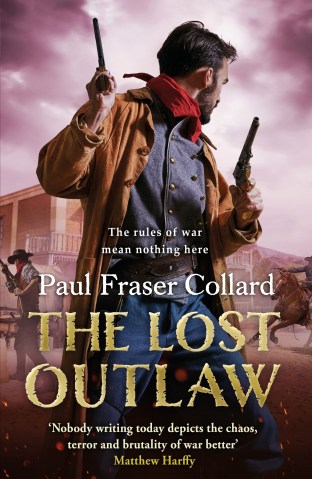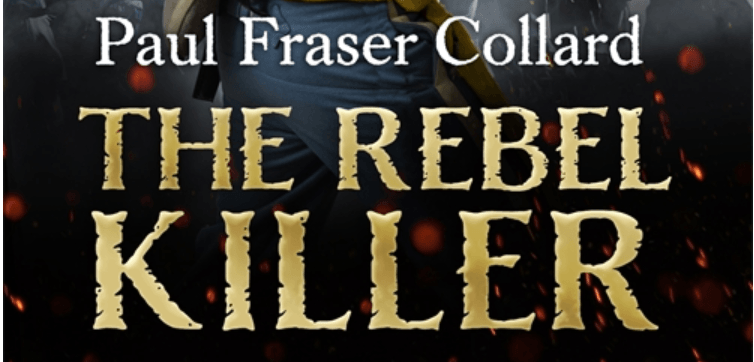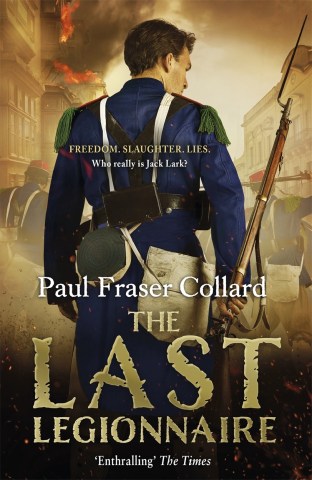Correspondence on Campaign – Paul Fraser Collard

If I ask if you have heard of the British Army’s campaign in Abyssinia, to free European prisoners taken by Emperor Tewodros II, then I suspect many of you would look rather perplexed. However, if I were to mention the name Henry Morton Stanley, then I’m sure many of you would know of the man who searched central Africa for the famous, but lost explorer, Dr David Livingston, and greeted him with the now immortal (and quite possibly conjured up long after the actual event) line, ‘Doctor Livingstone, I presume?’
What is interesting, is that the two events are connected. Stanley joined the campaign to Abyssinia as a correspondent for the New York Herald, and his account of the finale to the campaign, the Battle of Magdala, was among the first to be published in the British press. But Stanley was not alone. The Abyssinia Campaign was well covered in the British press, with a large number of newspaper men present as General Napier marched some thirteen thousand soldiers and forty thousand animals four hundred miles from coast to tablelands to attack the Emperor Tewodros in his mountain fortress of Magdala. Alongside these men, were photographers from the Royal Engineers, making this the first British campaign to have a photographic record made of its progress.
For an armchair historian and writer such as myself, the accounts and photographs of the campaign are a revelation. My series character, Jack Lark, has covered a lot of ground over the years and there have been many occasions when I have found it incredibly difficult to source first-hand accounts of the events he will be witnessing. For Fugitive, the ninth Jack Lark adventure, I was in the fortunate position of almost having too many accounts!
The first account I read came from the pen of another historical fiction writer, George Alfred Henty. Whilst Henty was to go on to find fame for his own historical adventure stories, he covered the journey to Magdala as a war correspondent and published a narrative of the campaign called The March to Magdala – one of his few works of non-fiction. Henty’s is often a rather dry account of the march, but it gives someone like me a wonderful insight into what it was like to cover the hundreds of miles with Napier’s army. His descriptions of the places and people he encounters allow me to experience what those on the campaign were seeing and feeling, as well as to discover so many of those wonderful little details that help make historical novels authentic.
This is a typical extract from Henty’s account that describes the attack made by Tewodros’s army a few days before Magdala fell:
‘A prettier sight is seldom presented in warfare than that of the advance of the enemy. Some were in groups, some in twos and threes. Here and there galloped chiefs in the scarlet-cloth robes. Many of the foot-men, too, were in scarlet or silk. They kept at a run, and the whole advanced across the plain with incredible and alarming rapidity.’
Alongside these written accounts, I referred to Abyssinia, 1867-1868: Artists on Campaign, edited by Frederic A. Sharf with Professor David Northrup and Professor Richard Pankhurst (my copy is even signed by Professor Pankhurst!). A set of drawings, illustrations and paintings like this are rare to find but allow me to “see” what Jack would have seen. In fact, some of the paintings in this book are so evocative that they can convey much more about how an officer from the time would have perceived their surroundings than a written description. This often helped me with setting a scene in Fugitive – something I find so much harder than writing action sequences!
One of the lithographs in the collection shows the (British) artist’s impression of the final assault on Magdala. Not only does it depict the British troops as they advance on Tewodros’s fortress, but it also shows the sheer scale and nature of the terrain and surrounding landscape. The artist, Major Baigrie, served Napier as Quarter Master General of the First Division, and he was among the first to reach Magdala. I can only imagine he was utterly spellbound by the sight, just as Jack is when he finally reaches the heart of the Emperor’s domain.
However, perhaps more helpful than both the paintings and the written accounts in understanding the campaign were the photographs captured by the 10th Company Royal Engineers – a British unit close to my heart as my grandfather served with them in WWII. Napier tasked the sappers with creating a photographic record of the campaign and the images they caught, along with those taken by many of the officers, are simply fascinating. Nothing can compare with a photograph and I would urge anyone with a passing interest in the story to take a look at them. Many are available online and they can also be found in the collections held by the Imperial War Museum, the Victoria and Albert Museum, the Royal Collection, and by the Royal Engineers themselves.
My favourite photograph amongst them was captured on 13 April 1868 and shows some of the men of the 33rd Foot next to the Kokit Bur gateway. These men led Napier’s assault on Magdala and the photograph shows the aftermath of this attack. These men led Napier’s assault on Magdala and this photograph shows the aftermath of this attack. Records state that the gateway was lightly defended, however when the engineers accompanying the 33rd reached the closed gates, they realised they had forgotten to bring their powder kegs with them. Not deterred, a small party found a way around the blocked gateway and drove the defenders, including Tewodros himself, away from the defences, opening the way into Magdala. The image gives me a valuable insight into so many details, from what the men looked like, to the uniforms they were wearing and the layout of the terrain. More than that though, it captures the ‘feel’ of the time and place for a British soldier on campaign there, and for writing Jack Lark that is invaluable.
Accounts, illustrations and photographs – I really could not have asked for more. By using all three, I gained a more authentic understanding of what it must have been like on that long and exhausting march to Magdala. They really helped me bring Jack’s world alive.
Books referenced:
- Magdala – The Story of the Abyssinian Campaign of 1866-7 by Henry M. Stanley (1896)
- The March to Magdala by George Alfred Henty (1868)
- 1867-1868: Artists on Campaign edited by Frederic A. Sharf with Professor David Northrup and Professor Richard Pankhurst (2003)






